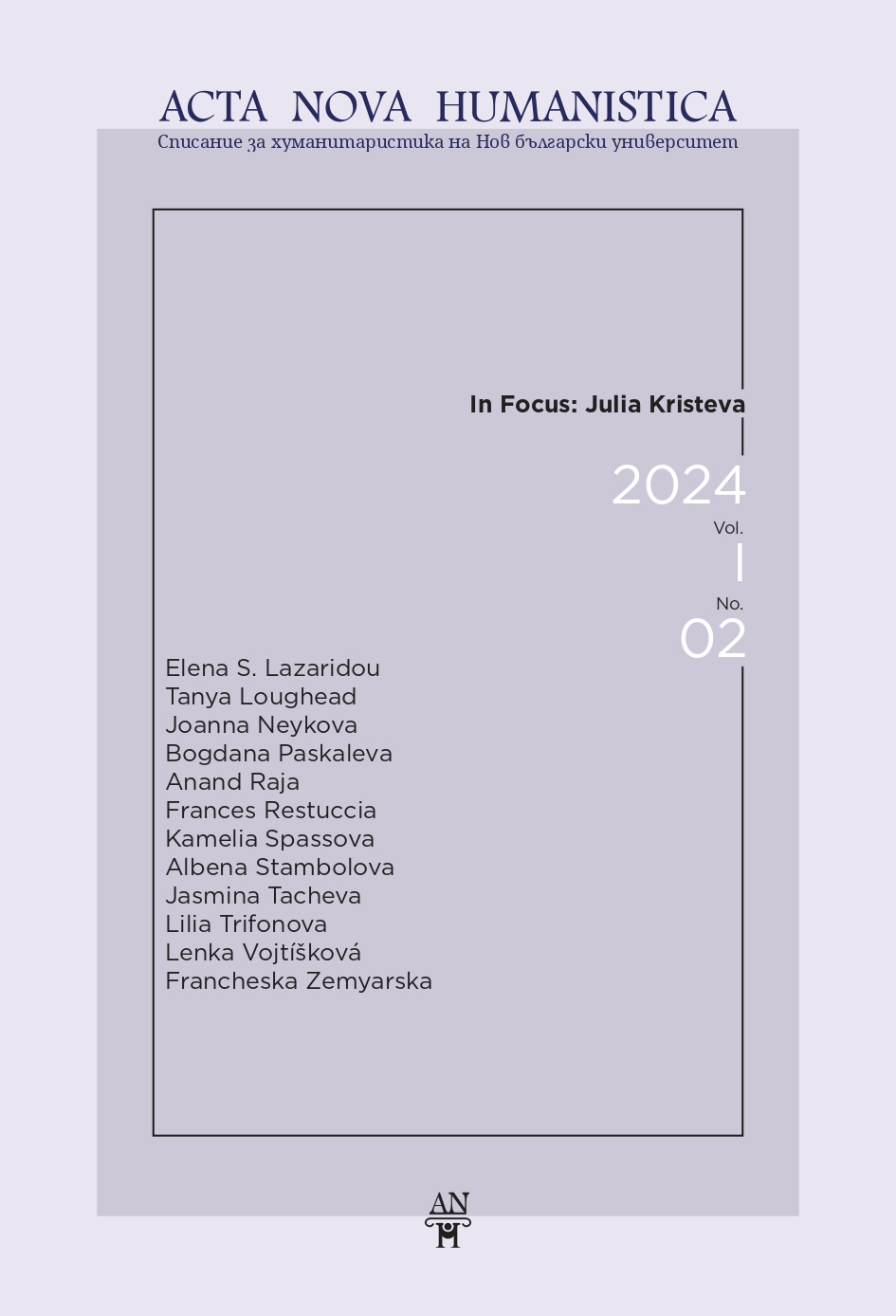The Figure of the Imaginary Father in the Autobiographical Writing of M. Yourcenar
DOI:
https://doi.org/10.33919/ANHNBU.24.1.2.4Keywords:
Yourcenar, imaginary father, primary identification, imaginary relations, matricideAbstract
In the present paper I read Marguerite Yourcenar’s autobiographical trilogy Le labyrinthe du monde through Kristeva’s concept of the imaginary father. My interpretation aims to trace the way the androgynous figure of the imaginary father acts in a liberatory way and also stimulates Yourcenar’s own work. The retroactive invention of an imaginary origin is associated with the figure of a loving father. Yourcenar traces her genealogy – on the one hand, she identifies with her familial lineage; on the other, she claims that the composition of her ancestry relates much more to her literary precursors and her fictional characters. Yourcenar’s identification appears not on the side of matricide and the powers of horror, but exactly the opposite – on the side of the imaginary father and creative potential.
References
Kristeva, Julia. 1987. Tales of Love. Translated by Leon S. Roudiez. New York: Columbia University Press.
Nikolchina, Miglena. 2004. Matricide in Language: Writing Theory in Kristeva and Woolf. New York: Other Press.
Ollier, Leakthina C. 1999. “Autobiography and Matricide: Marguerite Yourcenar’s Souvenirs Pieux.” Dalhousie French Studies 48 (Fall 1999): 87–99. https://www.jstor.org/stable/40836485.
Yourcenar, Marguerite. 1974. Souvenirs Pieux. Paris: Gallimard.
Yourcenar, Marguerite. 1992. Dear Departed. Translated by Maria Louise Ascher. New York: Noonday Press.
Yourcenar, Marguerite. 1999. Dreams and Destinies. Translated by Donald Flanell Friedman. New York: St. Martin’s Press.

